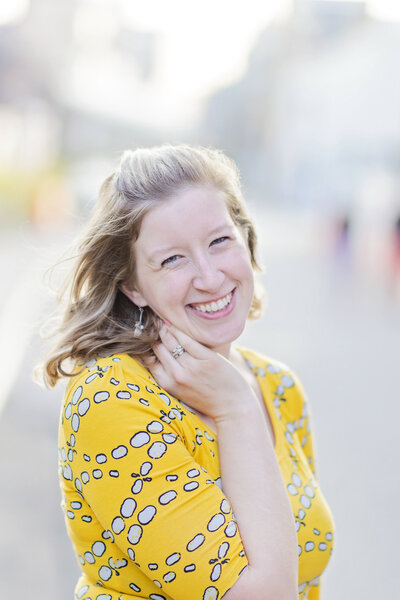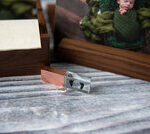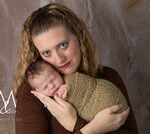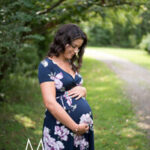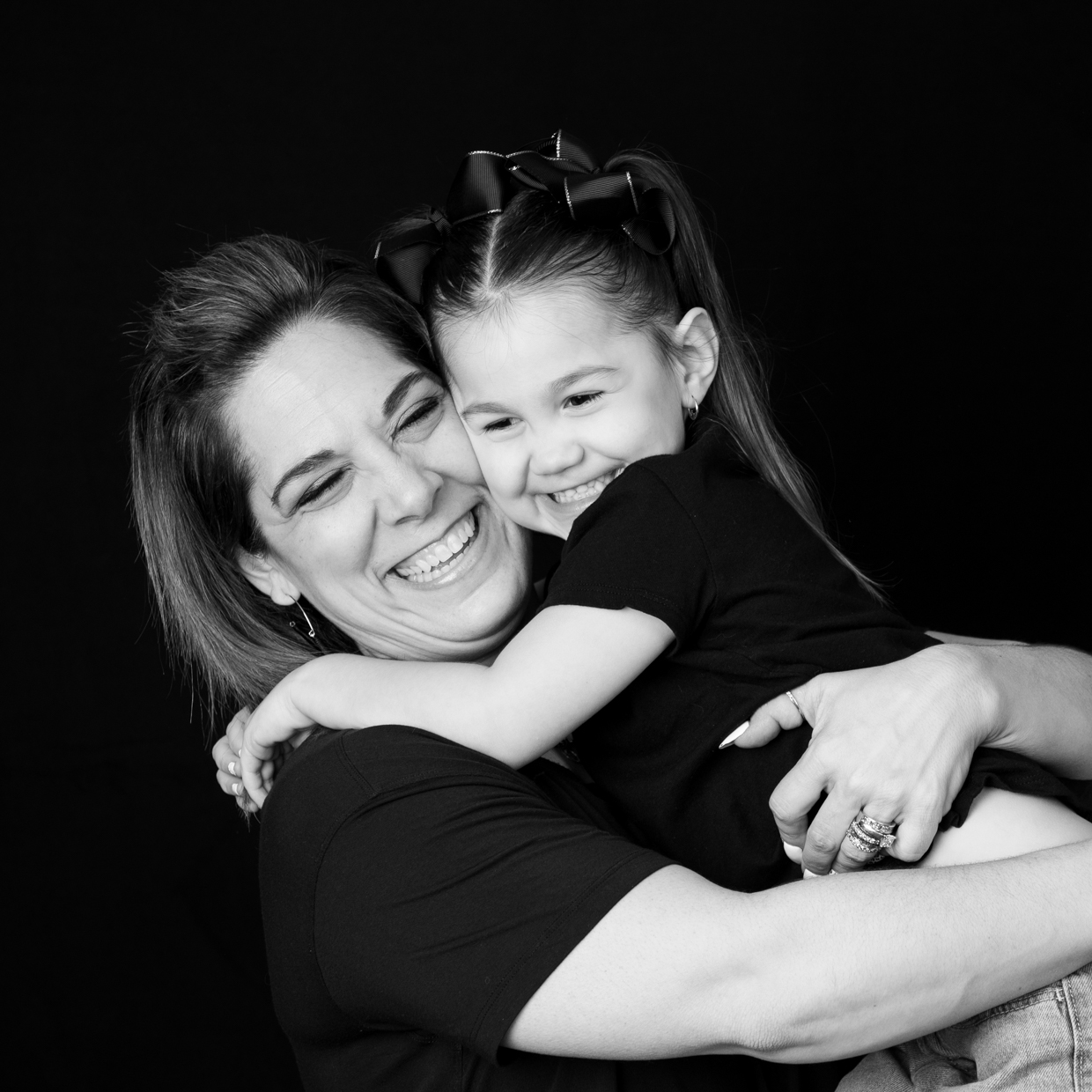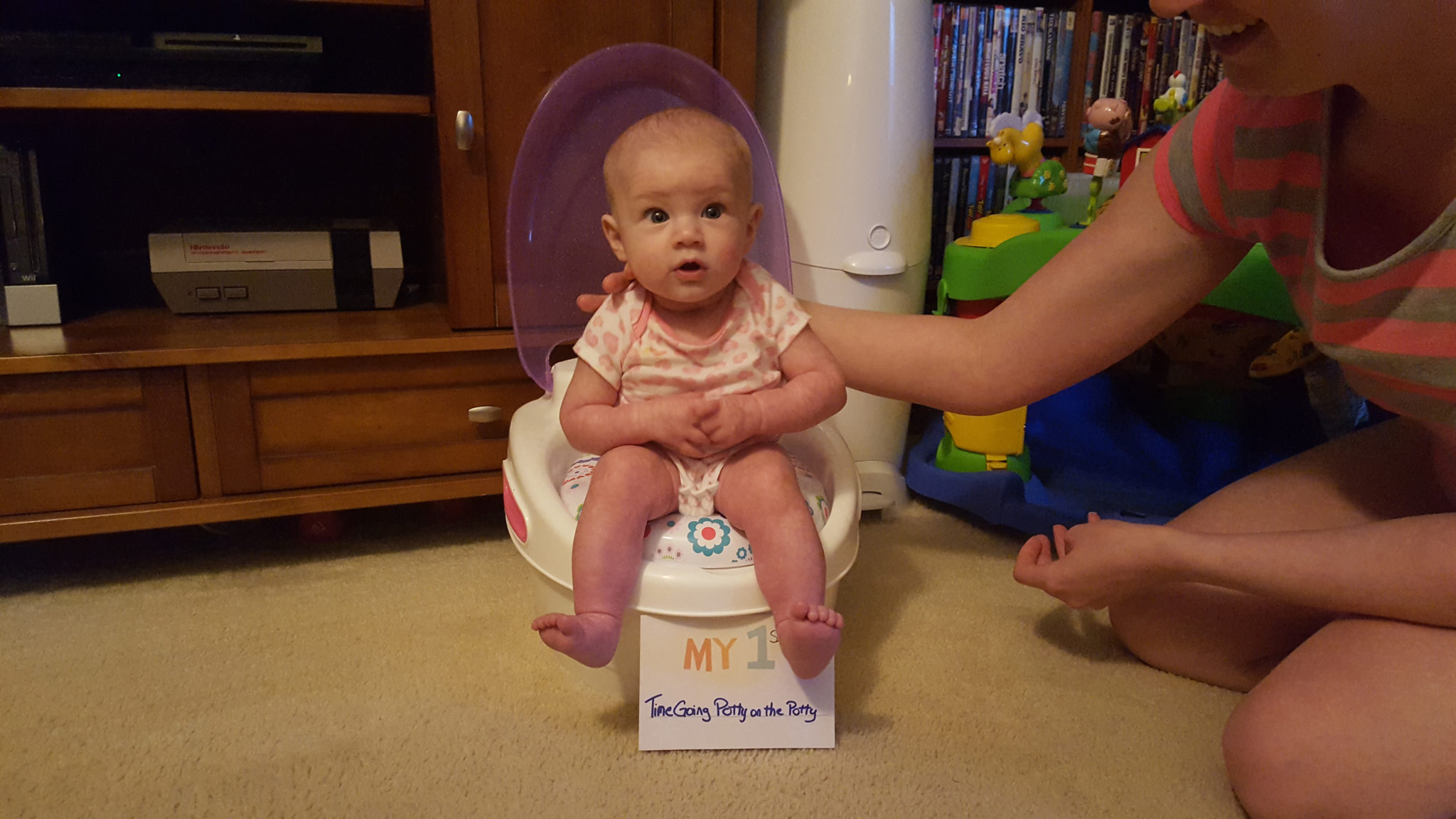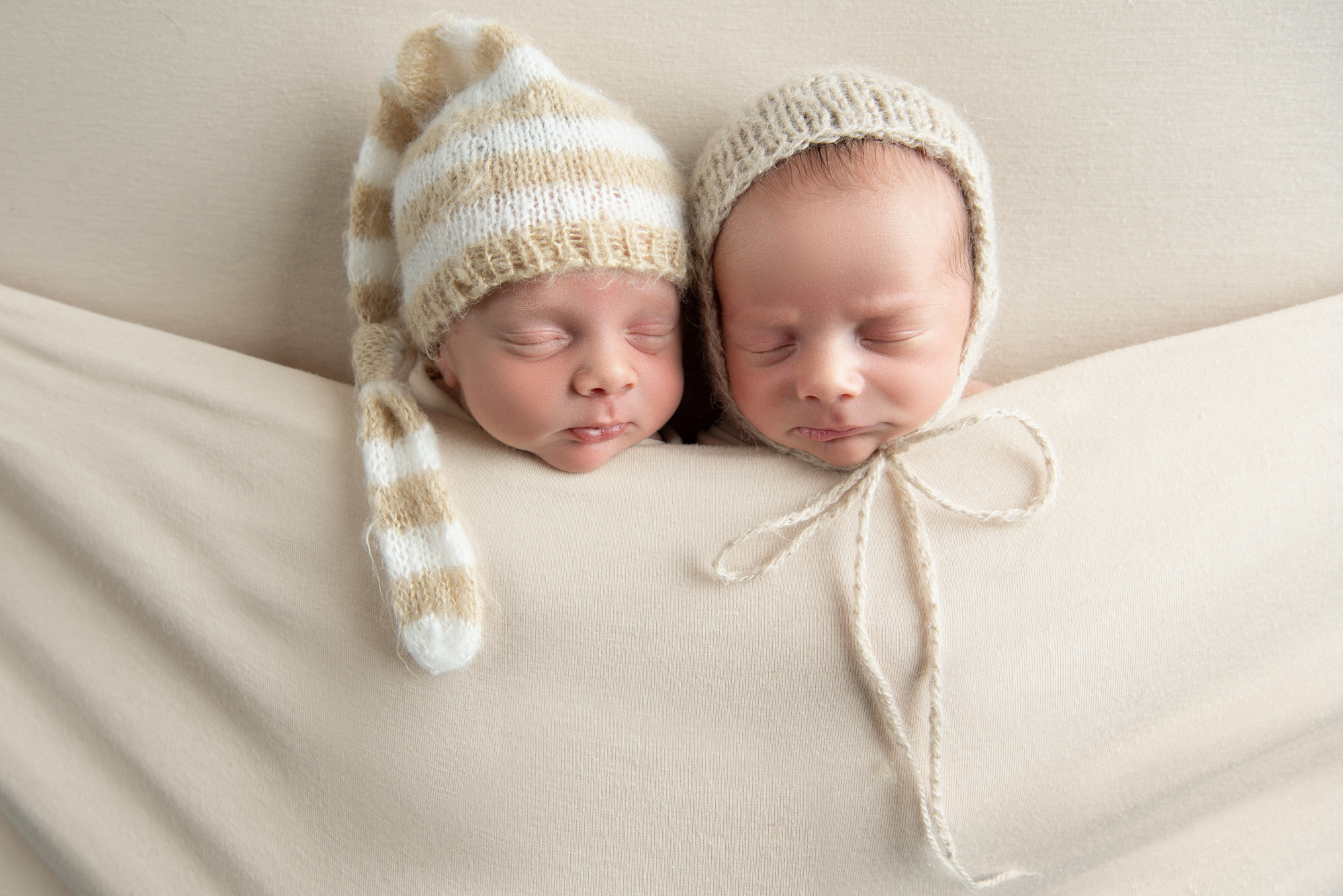Winter is here and that means colder weather, holiday spirit, warm sweaters… and germs! That’s right! It’s that time of year when more and more people are coming down with colds and other viral illnesses. Respiratory Syncytial Virus (RSV) is just one of those nasty bugs lurking within all of the festive splendor. RSV season typically lasts from fall through early spring. For most healthy children, RSV can present as a common cold. However, children with weakened immune systems or underlying medical conditions as well as young children and babies can become much sicker. In fact, RSV infections are the most common cause of hospitalization in children under one year old!

Symptoms
RSV illness usually starts out as an upper respiratory infection with symptoms that may include cough, runny nose, congestion, lack of appetite, fever, or fussiness. These symptoms may progress into a lower respiratory tract illness called “bronchiolitis” in some younger children and babies. You might notice fast breathing, tugging of the muscles between the ribs or above the breastbone (retractions), flaring of the nostrils, a grunting noise with each breath, or wheezing. RSV symptoms are typically worst on days 3 -5 but may also have a second peak at days 8-10. Most symptoms last up to 14 days, but coughs can linger for weeks!
Treatment
Home care includes using nasal saline solution and suctioning the nose as needed if there is trouble with feeding or sleeping. A humidifier may help with breaking up mucus as well. Tylenol or Motrin (if over 6 months old) can be used for fevers. Aspirin should always be avoided due to a rare interaction called Reye’s syndrome, where children with a viral illness could experience swelling of the liver and brain. Children over age 1 may try a natural honey-based cough medicine, but in general cough medicines are not recommended. Because bronchiolitis is caused by over-production of mucus in the small airways, breathing treatments like Albuterol often do not help the wheezing.
So why are doctors so concerned about protecting our most vulnerable children from RSV? If babies or young children are sick enough to be hospitalized, they may need extra oxygen, IV fluids, or even more respiratory support like a breathing tube (intubation). It’s definitely scary for parents to see their little one so ill. Even after recovering from the initial illness, having an RSV infection may increase the risk of developing asthma later in life for some kids.
Prevention
The best ways to protect our little ones are to avoid crowds and people who are sick. Some parents may decide to keep the number of people with any close contact (holding, kissing) to their baby very limited. Handwashing and disinfecting high-touch surfaces and toys in the house are also helpful. A 5-dose series of an RSV immunization called palivizmab has been available in previous years, but only for a specific subset of very high risk infants.
In an exciting new breakthrough, immunization is now more widely available to protect against RSV! Women may receive the maternal RSV vaccine when they are 32-36 weeks pregnant in order to pass the antibodies along to their baby that will be born during RSV season. It has been shown to reduce the rate of hospitalization for RSV by 57% in their first 6 months of life.
Also, one dose of an immunization called nirsevimab is now recommended to be given right before or during RSV season for all infants under 8 months of age if maternal vaccine was not given or was given <14 days before birth. Some little ones aged 8 to 19 months who are at high risk for severe illness in their second RSV season are also eligible for a dose of nirsevimab. Due to a nationwide shortage, this has been difficult to obtain this season but there is hope that more doses will be available soon or at least for future RSV seasons.
So while all parents need to be aware of germs like RSV, these methods for prevention of severe illness can allow everyone to focus more on the magic of this season!

Credits:Dr. Marisa Quattrone, Zest Pediatrics



